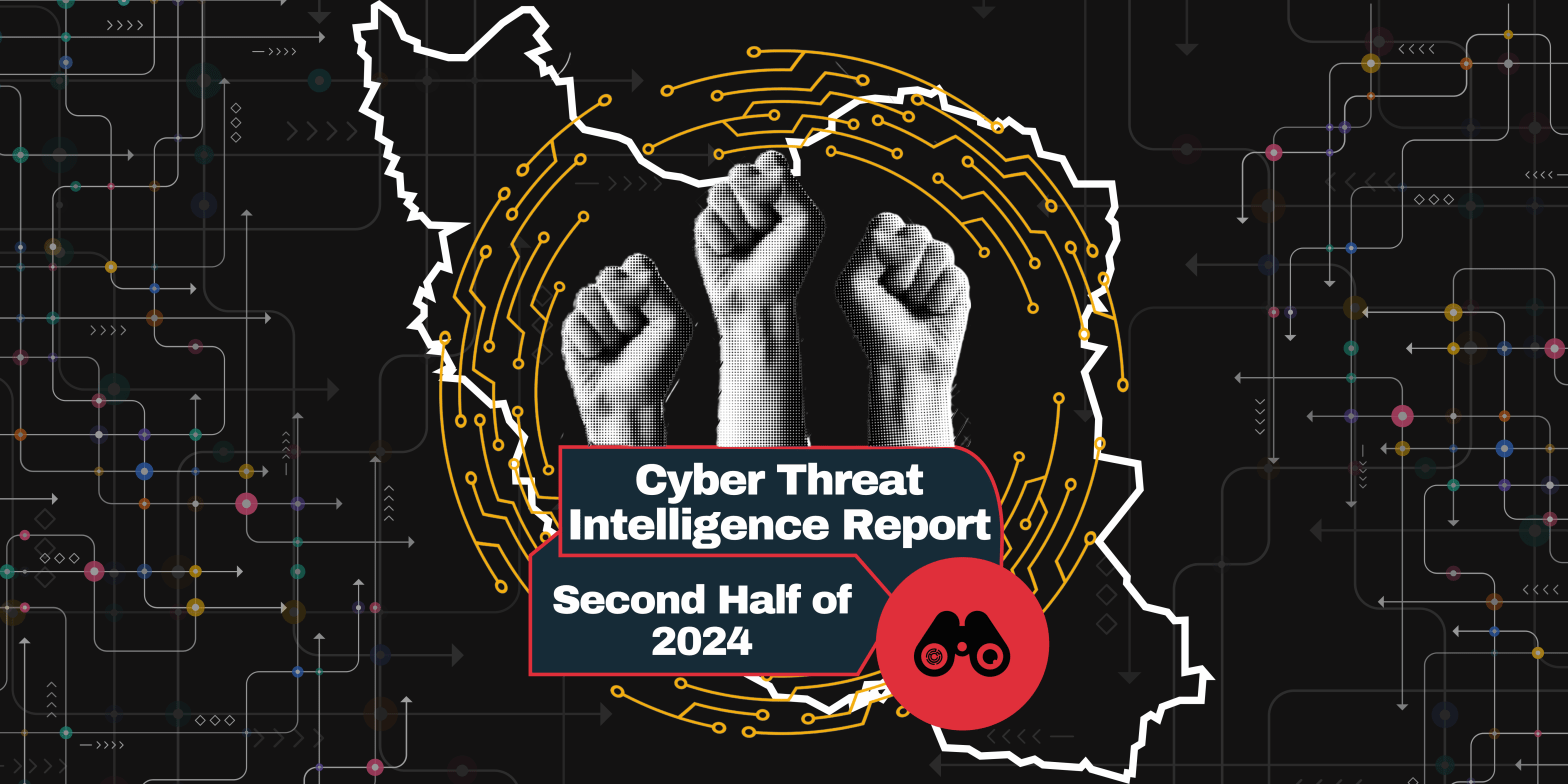Executive Summary This report examines trends in cyberattacks, content management, digital rights violations, and arrests in the first six months of 2025, based on data from Miaan Group’s Digital Security Helpdesk(DSH). Digital repression in Iran has entered a new and unprecedented phase; a phase in which highly sophisticated technological tools have been employed for politicalContinue reading “Wartime Cyber Crackdown and the Emergence of Mercenary Spyware Attacks”
Author Archives: Filterwatch
Digital Repression in Bandar Abbas: Explosions, Crackdowns, and Connectivity Blackouts
Arrests of Influencers, Legal Action against Journalists and Media Outlets, and Widespread Network Disruptions After explosions at the Sina pier of Shahid Rajaee Port in Bandar Abbas, Iranian authorities took actions that included imposing sweeping restrictions on social media influencers, apparently to suppress the free flow of information, and disrupting regional communication infrastructure. From roughlyContinue reading “Digital Repression in Bandar Abbas: Explosions, Crackdowns, and Connectivity Blackouts”
Iran Cyber Threat Intelligence Report: The Silent War Against Ethnic Minorities and Civil Society
This report examines the trends of cyberattacks, content management, digital rights violations, and patterns of arrests in the second half of 2024, based on data from the Digital Security Helpdesk (DSH) of the Miaan Group. The Islamic Republic of Iran’s security agencies have escalated their cyber-repression efforts, employing more organized and sophisticated tactics against ethnicContinue reading “Iran Cyber Threat Intelligence Report: The Silent War Against Ethnic Minorities and Civil Society”
Open Technology Fund’s Security Lab Finds Three Widely Used Iranian Messaging Apps Are Not Safe
Iran is consistently ranked “not free” in Freedom House’s annual Freedom on the Net research reports. The country received a dismal score of 12 (on a scale of 1 to 100, with 100 being the most free) in the 2024 report, amid wide-reaching censorship and surveillance. In a bid to restrict access to the global,Continue reading “Open Technology Fund’s Security Lab Finds Three Widely Used Iranian Messaging Apps Are Not Safe”
Iran’s Nazer App Aims to Expand State Surveillance and Control
Over the past year, Iran has been rapidly advancing towards becoming a hyper-surveillance state. The government has implemented various policies and systems designed for extensive monitoring and control of its citizens. This includes attempts to develop facial recognition systems, e-governance services, localized internet infrastructure, and integrate user data across different sectors. These efforts have beenContinue reading “Iran’s Nazer App Aims to Expand State Surveillance and Control”
National Network and Silence on Censorship: A Profile of the New Telecommunications Minister
After repeatedly promising to alleviate or improve internet censorship in Iran, Masoud Pezeshkian introduced his nominee for the Ministry of Communications and Information Technology: Seyed Sattar Hashemi. Hashemi, closely associated with former minister Azari Jahromi, is known for being cautious, conservative, and more of a “follower” than a “pioneer” or “pragmatic” leader. These traits mayContinue reading “National Network and Silence on Censorship: A Profile of the New Telecommunications Minister”
Power Crisis Contributes to Widespread Internet Disruptions
As we slowly move past the aftermath of the fourteenth presidential election,despite the absence of significant progress in policy-making, there have been numerous changes in the area of network and internet access. Key Findings: Policy-Making: Policy-making institutions, like the Parliament, are acting contrary to the recommendations provided by their own research center. Civil society’s effortsContinue reading “Power Crisis Contributes to Widespread Internet Disruptions”
The Internet In The Women, Life, Freedom Era
The “Women, Life, Freedom” protest movement in Iran, catalyzed by the tragic death of Mahsa Jina Amini, a young Kurdish-Iranian woman, in the custody of Iran’s morality police on September 16, 2022, marked a significant shift in the country’s socio-political landscape. Anti-government social mobilization reached historic levels, with months of sizable protests taking place inContinue reading “The Internet In The Women, Life, Freedom Era”
A Cyber Power That Wasn’t
Iran as a Surveillance State Over the past two decades, Iran has expanded its cyber capabilities for domestic control, regional influence, and retaliation against adversaries. Leaked data from seemingly hacktivist groups have repeatedly indicated the expansive scope of Iran’s interest and capability to surveil citizens and dissidents. The SIAM network, use of facial recognition, e-governmentContinue reading “A Cyber Power That Wasn’t”
Nazer App: How Iran is Using Technology to Suppress Women’s Rights
Authors: Azin Mohajerin, Amir Rashidi Iranian women’s privacy and freedom have been increasingly violated through the government’s use of technology, especially after the Women, Life, Freedom movement. The government has a long history of using technology to spy on Iranian citizens, such as SIAM, facial recognition, e-government services, surveillance tools developed by the prosecutor’s office,Continue reading “Nazer App: How Iran is Using Technology to Suppress Women’s Rights”









